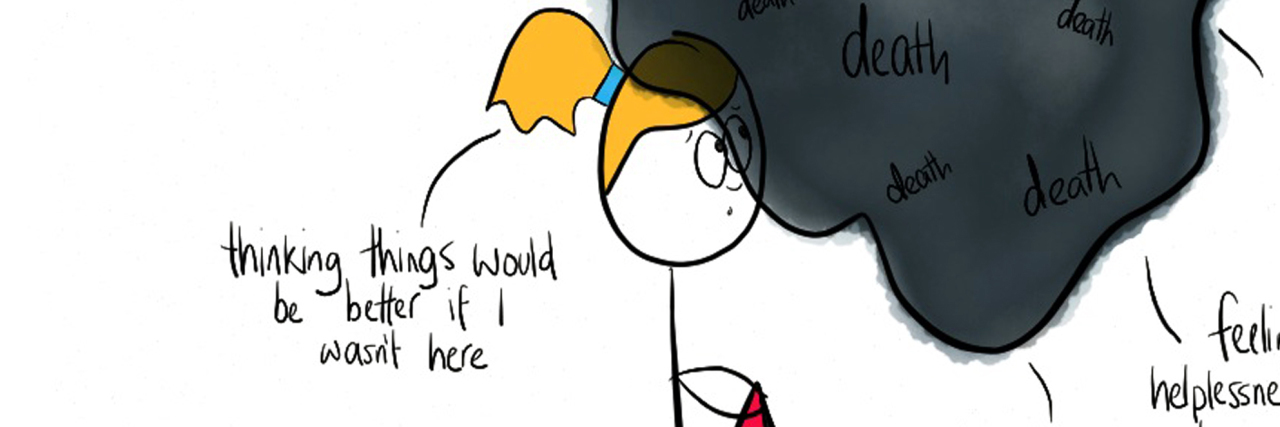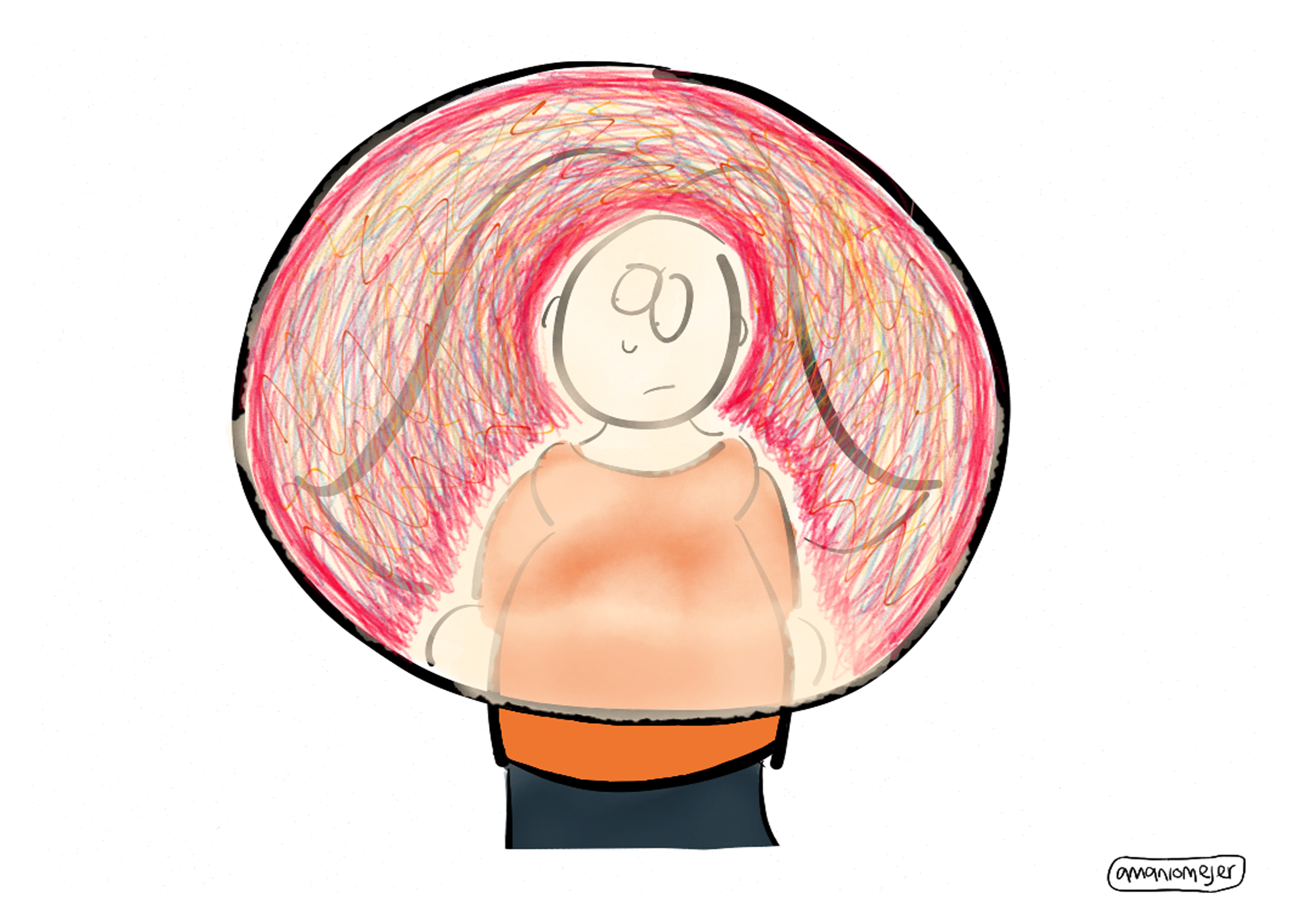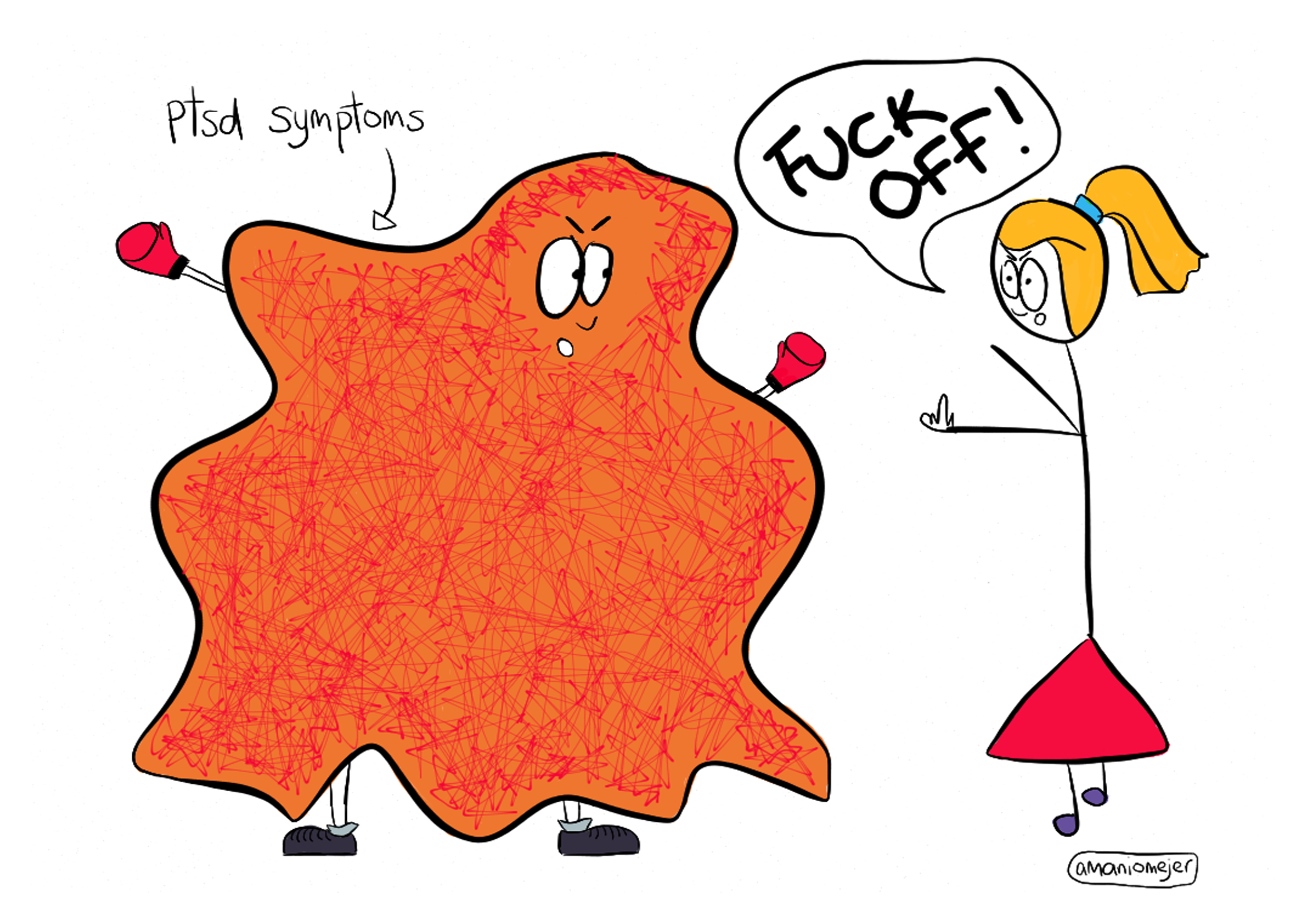Healing developmental trauma is an all-consuming maze that I’m walking through, where nobody has a map, because no healing maze is the same. People can offer insights into their own experiences and they can offer me a look at my map from where they’re sitting, but no one (except myself) can tell me exactly which road to go down to heal.
It’s confusing. It’s overwhelming. It’s lonely. And most of all, it’s so bloody difficult to explain. I wish I could explain it more easily. Or better still, I wish people could step inside my mind and body and experience what I experience every day for a few hours or a few days, or even one minute.
I get so used to experiencing this shit-storm inside me that I forget other people can’t see it. The trouble is, I forget I’m not see-through! I forget people around me can’t or don’t know what I’m feeling or what symptoms I’m experiencing unless I tell them. That might sound obvious, but most of the time my feelings/symptoms (I live with chronic illness, too) are so intense that I can’t believe they’re not visible from the outside. But they’re not. And due to my childhood, I’m a professional at seeming OK — in fact, seeming more than OK — when I’m really, really not.
I have “complex post-traumatic stress disorder (PTSD)” from developmental trauma, but I hate that label. Yes, it feels and is complex living with it, and it feels disorderly as fuck, but that label stems from a very understandable and human response to incomprehensible events we weren’t able to process at the time. There’s nothing “disorderly” about that.
Here are some of the symptoms I experience. There are about 1,879 other things that are a “side effect” of my childhood and early adulthood, but it’s impossible to do it justice in one article!
1. Severe anxiety
Anxiety whoops my arse every single day. It’s all-consuming, debilitating and disorientating. And so, so, frustrating.
2. Getting “triggered”
This is the thing that I most wish I could explain. Writing this paragraph has even taken me hours. It’s just so difficult to describe the emotional reaction and the physical symptoms of being “triggered.” I get triggered by so much. I feel almost constantly triggered, in fact. The bigger/more obvious triggers (for example, feeling triggered by men because of my rape) are easier to explain; but the smaller, yet still as impactful triggers (for example, someone behaves in a way my mum used to behave), are much more difficult to do justice and feel understood with. Take the latter as an example — from the outside it can just appear like a simple misunderstanding we all have sometimes. People might encourage me to push through, to talk to the person, to resolve things with them, but I can’t. Being triggered by someone that kicks up childhood trauma feels completely different than simply feeling upset by something someone said or hurt/annoyed by something someone did. That person becomes dangerous and unsafe. No matter how much I fight what’s happening inside, or how much shame I feel about how I deal with it, I can’t deny my reactions. I get overwhelmed, I shut down and withdraw.
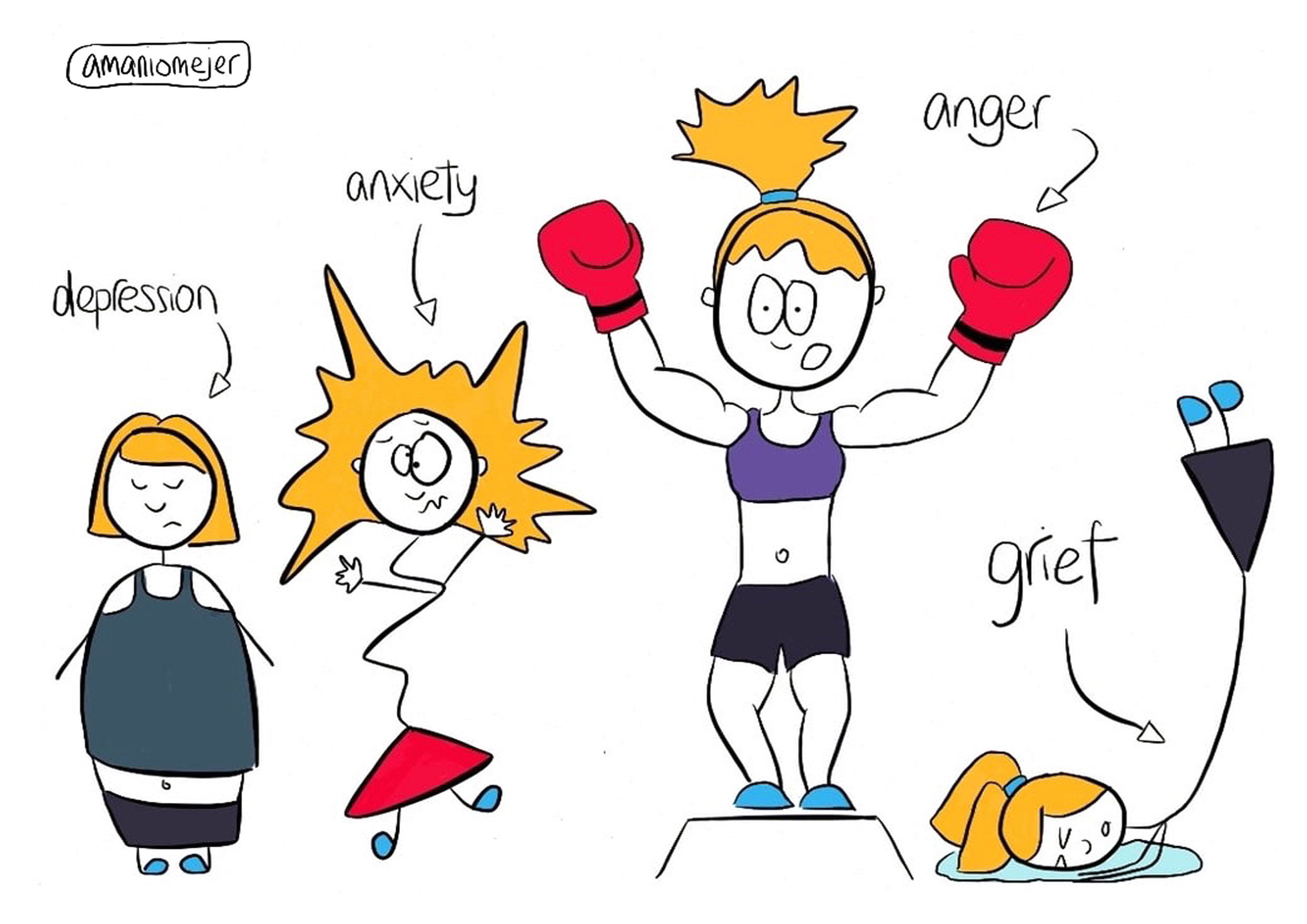
3. An inability to “be in my body”
98 percent of the time I am flooded by either one of the fight, flight or freeze trauma states. For this reason I’m almost always slightly/completely “out of my body.” I live perched just above it, terrified of feeling grounded. If I do try to ground myself, if I take more than one deep breath into my belly, I get flooded by trauma, terror and gigantic feelings. So I live in a horrible, constantly distracted and disconnected state.
4. Feeling suicidal and self-destructive
I feel suicidal a lot of the time. Sometimes it is painful and frustrating, but I’m also aware it’s a reaction to overwhelming symptoms or life experiences in that moment. Other times though, like it has been lately, it is really bloody real, scary and intense. Death becomes the best and easiest option for me and everyone around me, to relieve my symptoms and to relieve people of me. Because of this desire to not be alive, and the intensity of what’s happening inside my body constantly, I also live in a constant state of self-destruction. Not eating properly, making myself sick, smoking, cutting, resisting sleep, over-riding my pain/exhaustion to continuing doing, because as soon as I stop all my feelings/symptoms flood me, and it’s completely overwhelming.
5. An inability to trust people in my life love me and are truly there for me
This is the thing that frustrates me the most! And it often causes me to feel the most desperate and suicidal, because I have such incredible people in my life who are so loving, so patient and so kind, yet I still always hold them all at a certain distance. I want to be able to fully trust them and let them in. I want to be able to let people love me for the whole of me, not just the shiny bits.
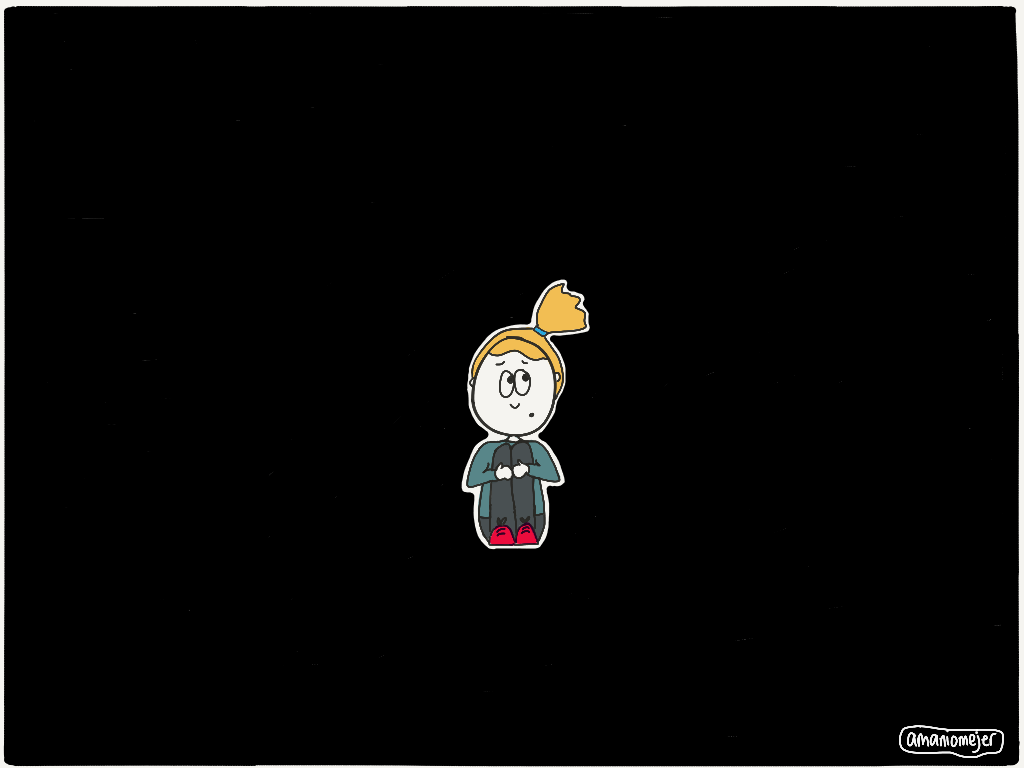
If you or someone you know needs help, visit our suicide prevention resources page.
If you need support right now, call the National Suicide Prevention Lifeline at 1-800-273-8255, the Trevor Project at 1-866-488-7386 or reach the Crisis Text Line by texting “START” to 741-741.
Or if you or a loved one is affected by sexual abuse or assault and need help, call the National Sexual Assault Telephone Hotline at 1-800-656-4673 to be connected with a trained staff member from a sexual assault service provider in your area.
Images via contributor

